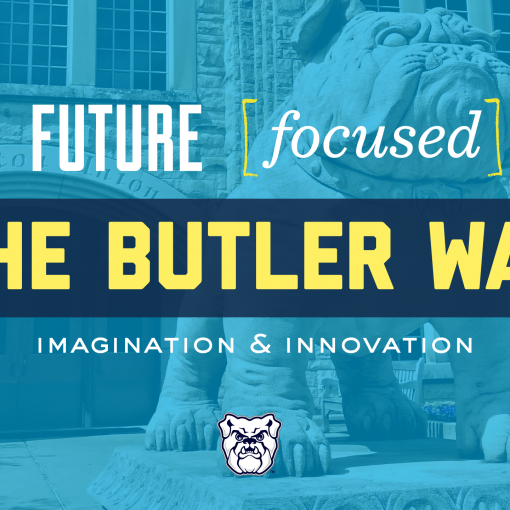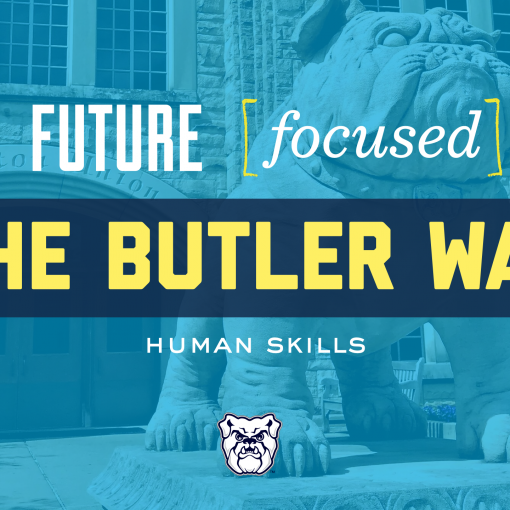 Imagine a library. When it is built – let’s say it was in the 1950s – it is filled with the most wonderful, awe-inspiring collections, artifacts, and resources. Children and adults flock to the library to learn, gather, and at times, groups of people at the library even think of ways to better the world. Now, what would happen if after it’s opening day this library didn’t accept any new books, any new ideas, or any new technology? In 2021, this library would likely be vacant, underutilized, and at worst, completely closed down. Like the library in this thought experiment, our way of schooling is dated – it doesn’t fit the current needs of our culture/society (Reimagined, 2015). One way in which we can improve to better meet the needs of our students and the needs of our society is by intentionally fostering environments and learning opportunities that foster curiosity and allow for student creativity.
Imagine a library. When it is built – let’s say it was in the 1950s – it is filled with the most wonderful, awe-inspiring collections, artifacts, and resources. Children and adults flock to the library to learn, gather, and at times, groups of people at the library even think of ways to better the world. Now, what would happen if after it’s opening day this library didn’t accept any new books, any new ideas, or any new technology? In 2021, this library would likely be vacant, underutilized, and at worst, completely closed down. Like the library in this thought experiment, our way of schooling is dated – it doesn’t fit the current needs of our culture/society (Reimagined, 2015). One way in which we can improve to better meet the needs of our students and the needs of our society is by intentionally fostering environments and learning opportunities that foster curiosity and allow for student creativity.
To foster creativity and curiosity, learners must feel safe to push the limits of their creative identity, and they must be provided with more opportunities that foster independence. Educational leaders can be helpful guides in this process when they make a decision to intentionally reimagine the learning space so it is conducive to these factors.
We invite you to further consider how we might reimagine and redesign schools and education through the development of skills surrounding Curiosity & Creativity below.
Thank you for your time and ![]() consideration,
consideration,
Lindsay Carl, Liz Giesting, Sabre Adams, Eric VanVeelen
Butler EPPSP Group 39 & 40





